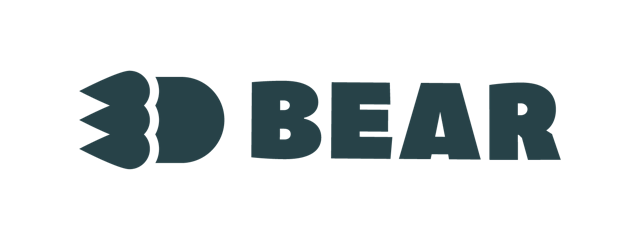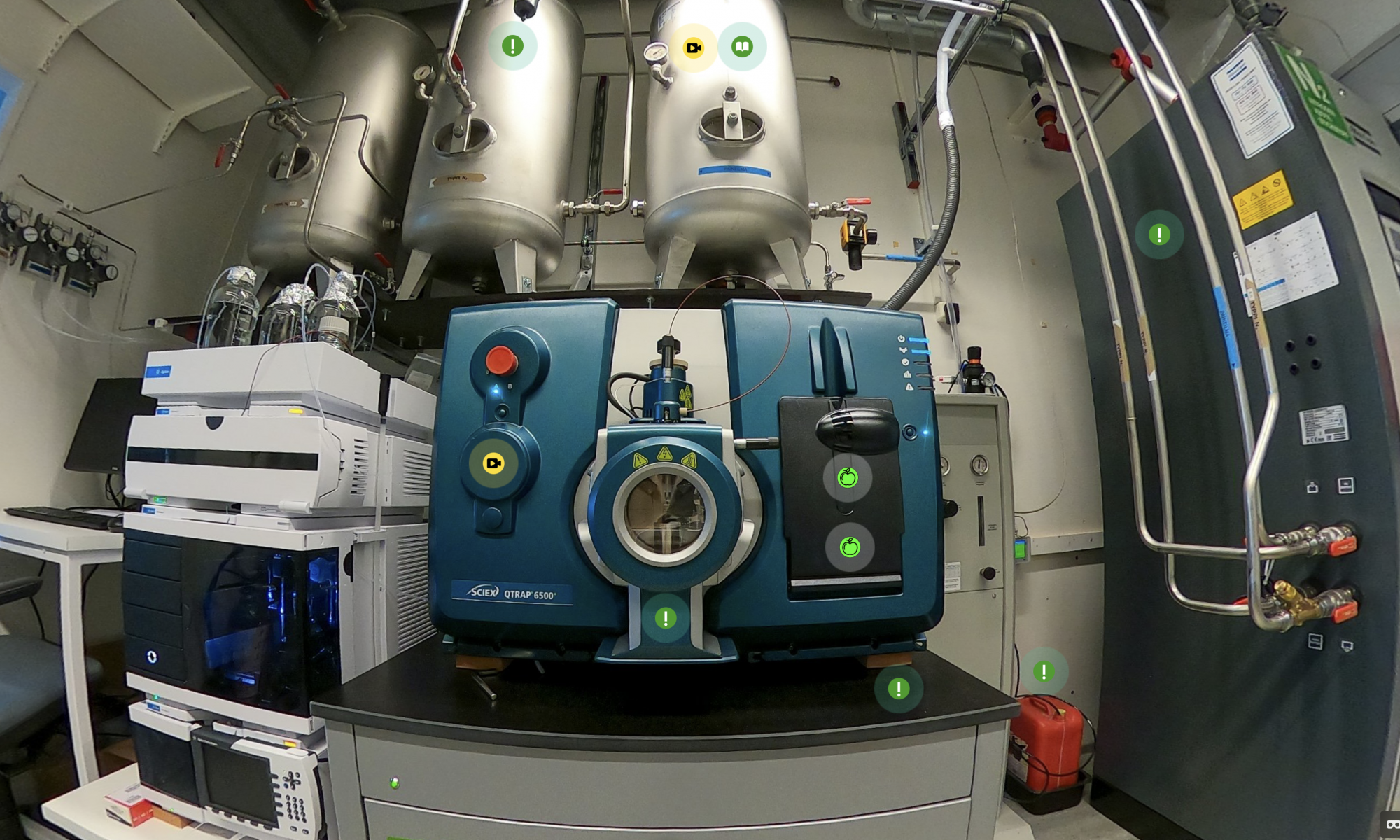Sustainable Health is a multidisciplinary online course that discusses sustainable development themes in the context of healthcare and life sciences. It serves as the discipline-specific counterpart to the University of Helsinki Sustainability Course (SUST-001). It is currently being piloted in the University of Helsinki, Faculty of Pharmacy, and development is ongoing for its expansion into a massive open online course (MOOC).
The course employs a highly learner-centred approach, giving participants ample freedom in terms of how and when they choose to complete it. The students construct an e-portfolio, where the participants compile reflections on sustainability challenges and solutions. The portfolio may be based on pre-defined assignments or other freely chosen topics that align with the learners’ interests. Mid-course, students exchange peer feedback on their portfolio drafts, and at the end of the course peer assessment is carried out to verify that the portfolios meet the passing requirements of the course. The participants can choose whether they wish to complete the course within one teaching period or over two consecutive periods.
The collaboration with Global Campus begun during the development phase of the first pilot version of Sustainable Health. At the time, large parts of the course content had been prepared and the outlines of course completion mechanics drawn. What we felt was still missing was a unifying concept to tie together the individual topics and tasks of the course in a way that would keep the students motivated throughout the extended periods of self-paced studying. Additionally, we wished to gain expert insight into the execution of the peer feedback and peer assessment workshops. This is where Global Campus stepped in.
I was immediately amazed by the can-do attitude of the whole Global Campus team. In the beginning of the collaboration, I was asked to compile a wish list of features and enhancements for the course that the team could help me with, which felt like a strange position for someone whose work typically involves catering to the wishes of other teachers. Not having a clear sense of the full range of possibilities, I was initially hesitant with my hopes, but it soon became evident that the options would be only limited by my own imagination. For example, what started as an idea for using text-to-speech snippets to introduce the course content was transformed by Global Campus into a full sci-fi narrative, delivered in a post-apocalyptic virtual reality environment by an avatar from the future. Such a mind-blowing reference point has taught me not to hold back my scope based on what I expect to be within the realms of possibility.
Furthermore, I received valuable advice on how to organize the exchange of peer feedback among the course participants and got excellent insight on how to formulate the feedback instructions and questions in a way that would make the assessment process motivating and useful to the students.
Despite the creative and uninhibited atmosphere, working with Global Campus was very organised. With Sasa Tkalcan’s excellent coordination and comprehensive documentation on the shared project whiteboard, the goals were set very clearly, and progress towards them was regularly monitored. I really liked this approach and hope to apply it in other collaborations later on. This was also my first time working with some of the project management tools involved, like Kanban, so I also acquired new tracking methods for my projects.
During the development phase, Sustainable Health was one of two concomitant Global Campus pilots. Despite the completely different disciplines and course topics of the pilots, we had several meetings between both developers and the whole Global Campus team and ended up having an extremely fruitful collaboration based on the shared goal of creating quality e-learning. Some unique ideas that arose in our joint discussions ended up as crucial parts of Sustainable Health (and vice versa, I hope), highlighting the impact of the interdisciplinary brainstorming. I have no doubt that we will keep in touch and continue sharing ideas and good practices with the developers of the sibling pilot also after the finalisation of both projects.
The biggest challenge I faced during the collaboration was the allocation of my personal resources between developing the e-learning mechanics of the course and producing learning materials. The latter task was initially hoped to be shared within a larger group of subject matter experts, but the dynamic nature of the working group and the limited time resources of the experts proved challenging for co-creation. Eventually, I took on a large portion of the scientific content creation to ensure that the course would be ready for piloting on schedule, which limited my availability for the conceptualisation of experimental e-learning elements. On the bright side, the content is now in place with the pilot, allowing the future development of the course to focus purely on educational technology innovation and making the course as fun, engaging, and inspiring as possible. Conversations with the Global Campus team and other pilot developers revealed that the issue may in fact be more general, as it may often be challenging for subject matter experts to find the time to produce certain types of content, such as video lectures. However, it was also highlighted that AI-assisted technologies, such as text-to-speech and digital avatar tools, could significantly reduce this barrier and make it easier to co-develop learning materials in the future.
Overall, working with Global Campus has been a great experience that has really expanded my perspective on what is achievable when open-minded enthusiasm meets with the latest technology. In addition, the collaboration between the two parallel course pilots served as a great example of how multidisciplinary teamwork and idea exchange can greatly enhance course development projects when facilitated by a great team. I feel that by sharing knowledge and best practices between the projects, we established a framework that could be easily adopted to guide future course development initiatives.
Ilkka Miettinen
University instructor / Post-doctoral researcher
Faculty of Pharmacy / Helsinki Institute of Sustainability Science (HELSUS)
University of Helsinki








